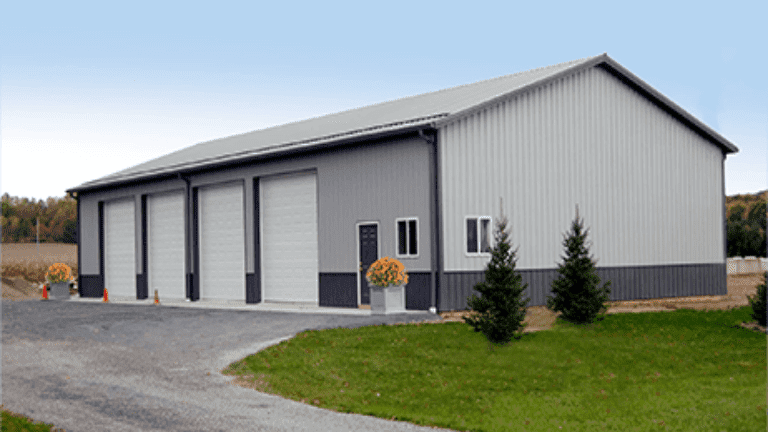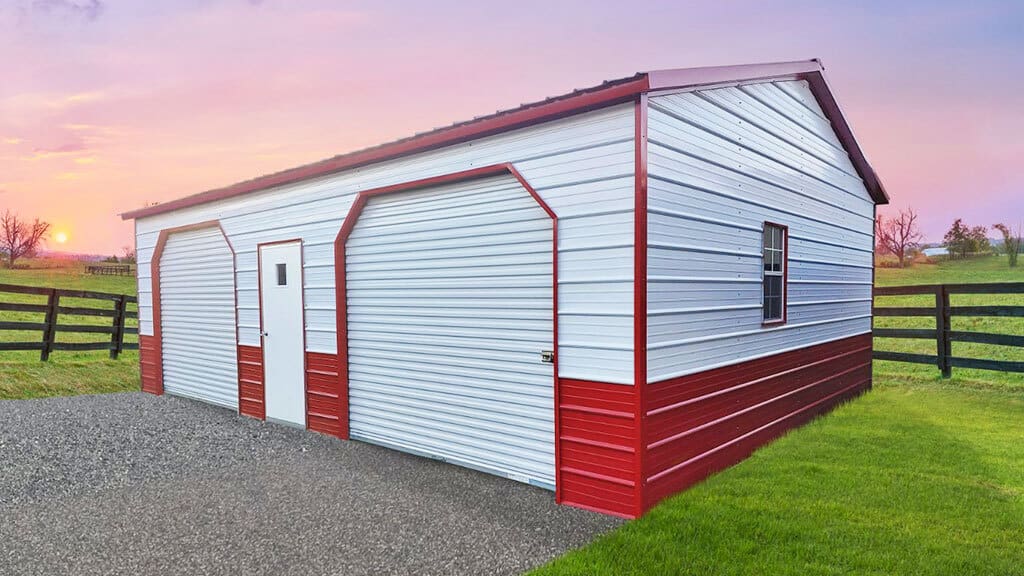Cutting-edge Steel Buildings: Cutting-Edge Styles for Modern Applications
Cutting-edge Steel Buildings: Cutting-Edge Styles for Modern Applications
Blog Article
Professional Overview to Steel Building Layout: Taking Full Advantage Of Efficiency and Durability
In the world of construction, the option of structure material holds paramount importance in determining the efficiency and long life of a framework. Steel, with its phenomenal strength, toughness, and convenience, has become a preferred alternative for modern structure style. Designers and designers are continuously checking out cutting-edge means to harness the possibility of steel in building long-lasting and sustainable buildings. From optimizing layout factors to consider to executing economical building methods, the journey towards optimizing performance and durability in steel structure style is a complex one, supplying a mix of functional difficulties and innovative services that push the market forward.
Benefits of Steel Structures
Steel buildings use unrivaled toughness and cost-effectiveness contrasted to conventional building and construction products. The toughness of steel gives exceptional structural stability, making it a recommended option for structures that need to endure harsh climate condition or heavy lots. Steel is highly resistant to parasites, mold, and fire, making sure a much longer lifespan with very little upkeep requirements. In addition, steel is a sustainable material, as it is completely recyclable and can be repurposed at the end of its useful life.
In regards to cost-effectiveness, steel structures are usually extra cost effective than frameworks made from other materials. The effective building and construction process of steel structures can result in reduced labor prices and shorter job timelines. Steel's toughness likewise converts to decrease upkeep expenses over time, as there is much less demand for fixings or substitutes compared to conventional building products.
Layout Factors To Consider for Effectiveness
Offered the benefits of steel structures in terms of resilience and cost-effectiveness, it is important to concentrate on design factors to consider that optimize efficiency and durability. When making a steel building for optimum efficiency, variables such as the positioning, layout, and insulation need to be thoroughly considered.

Additionally, integrating energy-efficient systems, such as cooling and heating, lights, and renewable energy resources, can further enhance the effectiveness of steel buildings. By incorporating these style considerations, steel frameworks can accomplish optimal efficiency and durability, providing economical and sustainable services for various building and construction tasks.
Architectural Stability and Durability

Normal maintenance, consisting of evaluations for signs of wear or damages, is also critical for determining and attending to concerns before they jeopardize the building's stability. By focusing on structural stability in the style phase and throughout the building's life expectancy, proprietors can ensure their steel structures remain risk-free, reliable, and sturdy for years to come.
Cost-efficient Building Approaches
Reliable construction methods play a pivotal duty in taking care of costs without compromising the top quality and stability of steel structure jobs. Furthermore, pre-engineered steel buildings are known for their durability and call for very little maintenance, resulting in long-term expense savings.
Another cost-effective strategy is the design-build approach, where the layout and building stages are incorporated. This technique fosters collaboration in between the style and construction groups, improving the process and lessening hold-ups and expense overruns (steel buildings). By involving all stakeholders initially, click here to read possible concerns can be recognized and settled early, saving both time and cash
Additionally, adopting sustainable construction techniques, such as making use of recycled steel and including energy-efficient attributes, can result in substantial expense financial savings over time. These practices not just decrease building and construction waste however additionally lower functional prices with improved power effectiveness. Finally, applying economical construction approaches is essential for optimizing efficiency and making sure the longevity of steel building tasks.
Upkeep Tips for Longevity
Appropriate upkeep practices are crucial for making sure the longevity and structural stability of steel structures. Normal evaluations are important to identify any type of indicators of rust, damages, or use that can compromise the building's longevity. As part of an extensive upkeep strategy, it is necessary to promptly deal with any type of concerns that occur to stop them from rising and causing extra comprehensive damages.

Another crucial upkeep pointer is to evaluate the structure's fasteners, welds, and connections to ensure they are safe and secure and in great problem. Any broken or loosened components should be repaired or replaced quickly to preserve the architectural stability of the structure. By executing a proactive maintenance regimen, steel building owners can make best use of the durability and performance of their frameworks.
Verdict
In conclusion, steel buildings offer many advantages such as long life, efficiency, and cost-effectiveness. By meticulously taking into consideration layout aspects, making certain architectural stability, and utilizing cost-efficient building methods, steel structures can be optimized for optimal effectiveness and long life.
From maximizing layout factors to consider to executing affordable building and construction methods, the trip towards making best use of effectiveness and longevity in steel structure design is a complex one, supplying a blend of useful challenges and creative remedies that move the industry onward.
Offered the advantages of steel structures in terms of resilience and cost-effectiveness, it is important to focus on layout considerations that optimize efficiency and longevity. When designing a steel structure for optimum effectiveness, elements such as the insulation, positioning, and design must be very my response carefully considered. In conclusion, applying cost-effective building techniques is essential for making the most of performance and ensuring the long life of steel structure projects.
By meticulously taking into consideration style aspects, making sure structural integrity, and making use of economical building and construction approaches, steel buildings can be maximized for optimal efficiency and longevity.
Report this page